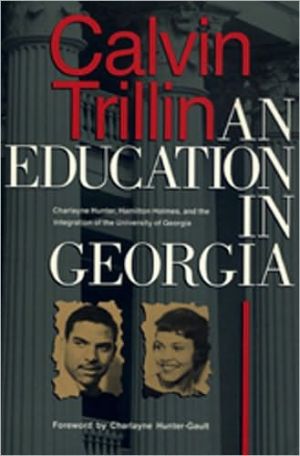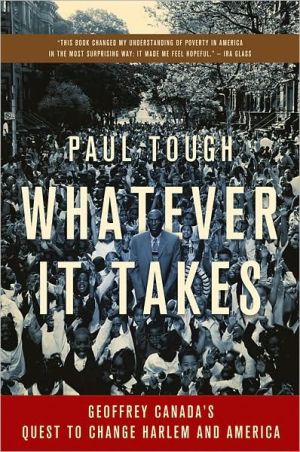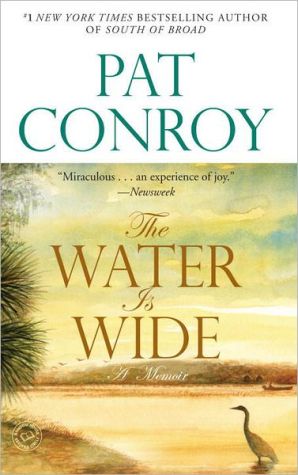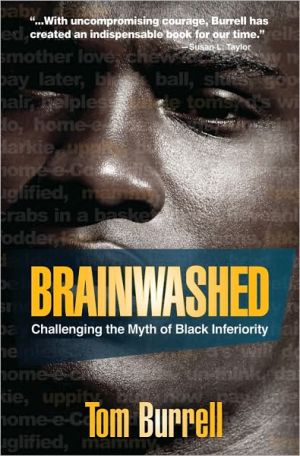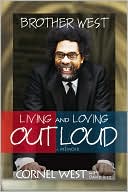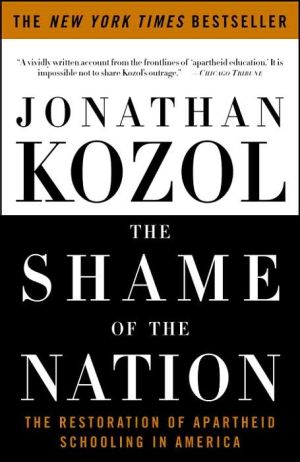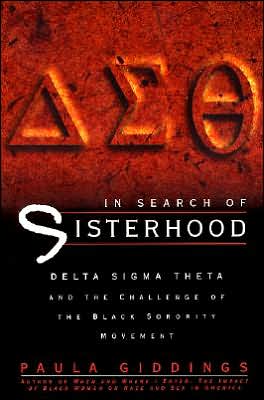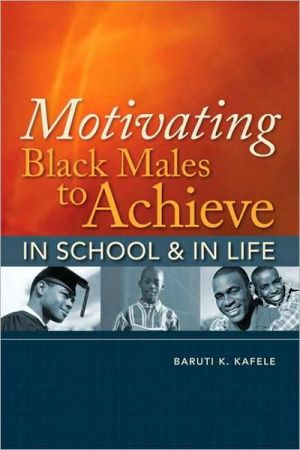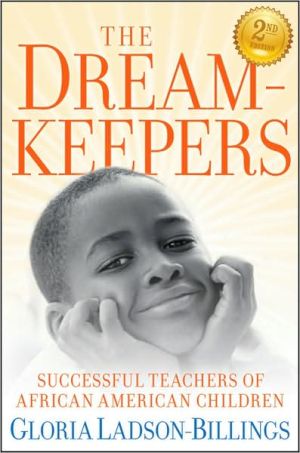An Education in Georgia: Charlayne Hunter, Hamilton Holmes, and the Integration of the University of Georgia
In January 1961, following eighteen months of litigation that culminated in a federal court order, Hamilton Holmes and Charlayne Hunter became the first black students to enter the University of Georgia. Calvin Trillin, then a reporter for Time Magazine, attended the court fight that led to the admission of Holmes and Hunter and covered their first week at the university--a week that began in relative calm, moved on to a riot and the suspension of the two students "for their own safety," and...
Search in google:
In January 1961, following eighteen months of litigation that culminated in a federal court order, Hamilton Holmes and Charlayne Hunter became the first black students to enter the University of Georgia. Calvin Trillin, then a reporter for Time Magazine, attended the court fight that led to the admission of Holmes and Hunter and covered their first week at the university--a week that began in relative calm, moved on to a riot and the suspension of the two students "for their own safety," and ended with both returning to the campus under a new court order.Shortly before their graduation in 1963, Trillin came back to Georgia to determine what their college lives had been like. He interviewed not only Holmes and Hunter but also their families, friends, and fellow students, professors, and university administrators. The result was this book--a sharply detailed portrait of how these two young people faced coldness, hostility, and occasional understanding on a southern campus in the midst of a great social change.Clarence PetersenThirty years ago, when African-Americans were called Negroes and college students were called boys and girls, Trillin was a reporter for Time assigned to cover the story of Negroes Charlayne Hunter (now Hunter-Gault) and Hamilton Homes' admission to the University of Georgia by order of a federal court. This book was the result, and you will need no recommendation from me if you read this from the new foreword by Hunter-Gault, who became national correspondent for the MacNeil/Lehrer report: "I learned from Bud (Trillin) that reporters have to go where the story takes them, whether into the middle of an angry white mob or to the pew of a black church in some out-of-the way southern town during an over-long civil rights rally-listening and observing, ever alert to the ridiculous or the sublime." That's Trillin all right, and that's why this book is so compelling. Chicago Tribune as seen in the Herald-Republic, Yakima WA
\ Atlanta Journal/ConstitutionOriginally published in 1964, this reissued paperback by Calvin Trillin, who was once a Time magazine correspondent based in Atlanta, tells the story of the struggle to integrate the University of Georgia. The students who broke the color barrier-Charlayne Hunter and Hamilton Holmes-have since gone on to become a respected television correspondent and a physician, respectively.\ \ \ \ \ B. Kinsey LeaksWhen we think of the Civil Rights Movement in the South of the sixties, confusion and guilt often obscure our recollections. What makes this factual account of the integration of the University of Georgia so special is that, when you put it down, you retain a clear and strong understanding and admiration for those first students. \ Calvin Trillin was present in 1961 when Charlayne Hunter and Hamilton Holmes enrolled in Athens. Then reporting for Time, he covered the events and went on to other assignments. But he never left that one behind. As the two neared graduation, the reporter returned to write a history of their student experience.\ "Student Heroes of a strange new kind," he observes early in his work, "they were famed for no achievements in athletics of scholarship but merely showing up to attend classes." However, with an eye for detail, an ear for conversation, and unflagging fairness to all, Trillin chronicles what those two endured and surely did achieve at Georgia.\ Charlayne Hunter-Gault, now national correspondent for PBS's "MacNeil/Lehrer News Hour", penned the new foreword for An Education in Georgia, originally published in 1964. "Bud Trillin", she writes, "had told a story that captured a turning point in the history of the South. And he had told it through the people who had lived it, black and white, good, bad, and in between." Yes, this paperback reprint seems dated in some places, but to their day it remains a complete example of solid journalism. -Southern Living May 1992\ \ \ \ Bradley R. RiceIt is hard to realize that only thirty years ago the enrollment of two African-Americans at a southern state university was a newsworthy event-big news. At the University of Georgia, protesting whites "marched through downtown Athens...behind a confederate flag," rallied around a "Nigger Go Home" banner, and rioted on a dormitory lawn, "throwing bricks, rocks, and firecrackers" (pp.52-53). It was not as violent as the James Meredith episode at Ole Miss, but it was clear that many white Georgians did not intend to accept integration peacefully. \ In retrospect, the success of Hamilton Homes as a leading physician and Charlayne Humter-Gault as a nationally known journalist makes the irrationality of the state's higher education segregation policy even more evident-these indeed would have been terrible minds to waste. Times do change; in 1990 this reviewer watched and listened as the distinguished Dr. Holmes delivered an eloquent commencement address to the graduates, white and black, of Clayton State College in suburban Atlanta.\ Calvin Trillin, then a young reporter for Time magazine, covered the 1961 integration episode and conducted several follow-up interviews with the two yountg students who broke the color line. Trillin's work was serialized in the New Yorker in 1963 and published as a book the following year. Although written as journalism, An Education in Georgia still stands as good history three decades later. This new reprint should be read not only as a document of how far the South has come in race relations but also as a reminder that even a generation later, all too many remnants of racism and inequality still linger on campus and in society. Clayton State College Atlanta History Fall 92\ \ \ \ \ \ Clarence PetersenThirty years ago, when African-Americans were called Negroes and college students were called boys and girls, Trillin was a reporter for Time assigned to cover the story of Negroes Charlayne Hunter (now Hunter-Gault) and Hamilton Homes' admission to the University of Georgia by order of a federal court. This book was the result, and you will need no recommendation from me if you read this from the new foreword by Hunter-Gault, who became national correspondent for the MacNeil/Lehrer report: "I learned from Bud (Trillin) that reporters have to go where the story takes them, whether into the middle of an angry white mob or to the pew of a black church in some out-of-the way southern town during an over-long civil rights rally-listening and observing, ever alert to the ridiculous or the sublime." That's Trillin all right, and that's why this book is so compelling. Chicago Tribune as seen in the Herald-Republic, Yakima WA\ \ \ \ \ Dallas Morning NewsRepublished on the 30th anniversary, this eyewitness account recalls the people, the politics and the times of social change and relates the strain of being "Student Heores of the Cause". Charlayne Hunter-Gault, co host of Public Broadcasting System's McNeil-Lehrer Report, has written a warm new introduction. 2/23/92\ \ \ \ \ Mary T. Gerrity,This reissue of a 1964 book, which first appeared in the New Yorker and reflects that magazine's detailed style, is a reportorial, unbiased account of the integration of the Univ. of Georgia in 1961. Trillin, writing for Time, covered the court proceedings and the ensuing order that enabled Charlayne Hunter and Hamilton Homes to enter the university. Trillin also reported on their first week at the university, which led to campus upheaval and demonstrations, and finally to the two students' suspensions. Under a second court order Hunter and Homes were allowed to return. In 1963 Trillin returned to Georgia to interview them again as well as the many other participants in this unfolding drama. Neither Hunter nor Holmes viewed themselves as "heroes of the cause," but they were called upon to serve in that role much against their will. Through his persistent clarity and straightforward style, Trillin presents their day-to-day struggle to succeed in the face of cruelty, indifference, subtle and overt racism, and the rare signs of common courtesy. His writing reflects the pressures on these young blacks and others who followed them as they dealt with trying to get the best education that they could while not being able to lead a normal college life. That they succeeded reflects their dedication, but it reveals that their entrance into an all-white school was just one small step in the long, hard struggle in the Civil Rights Movement. The painful revelations played out in Trillin's terse prose are etched in the daily lives of people rebuffed and turned back who were determined to move ahead for equal rights and eventual respect. Today Hamilton Holmes is an orthopedic surgeon, hospital director, and an associate dean of Emory University School of Medicine, while Charlayne Hunter-Gault is a national correspondent for PBS on the McNeil/Lehrer News Hours. She has written a thoughtful foreword for this reissue published by her alma mater.\ If the two students had not come to such prominence, would the book have been re-published? Hopefully, yes. The issues covered serve as a reminder to readers in the '90's that only a scant 30 years separate us from the trying times of the 60's and the long continuing struggle for civil rights. (Libn., Queen Anne School, Upper Marlboro, MD as seen in KLIATT June 1992)\ \ \ \ \ \ BooknewsFirst published in slightly different form in 1963 by the New Yorker and subsequently in 1964 by Viking. Details the events surrounding the 1961 desegregation of the U. of Georgia, which Trillin covered as a young reporter for Time. With a new foreword by Charlayne Hunter-Gault. Annotation c. Book News, Inc., Portland, OR (booknews.com)\ \
